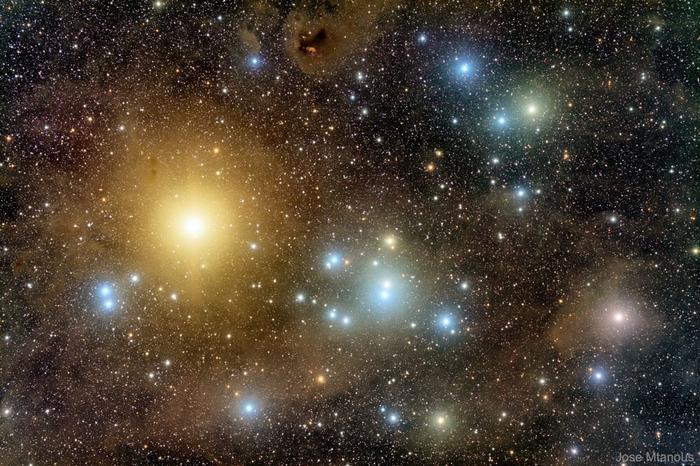This simulation was then compared with real-time data from the European Space Agency’s Gaia satellite, which has revolutionized our understanding of the positions and velocities of stars in open clusters.
“Our simulations can only simultaneously match the mass and size of the Hyades if some black holes are present at the centre of the cluster today (or until recently),” said Dr. Torniamenti.
The most plausible simulations suggest the presence of two to three black holes currently residing in the Hyades star cluster. At the same time, scenarios in which the black holes were ejected less than 150 million years ago (constituting the last quarter of the cluster’s life) cannot be completely ruled out.
